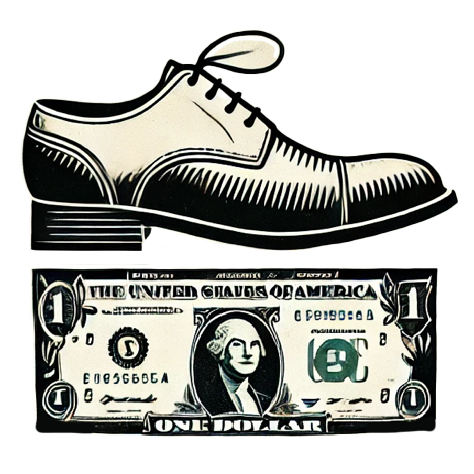For many investors, the allure of gold is undeniable, especially in times of economic uncertainty. The recent surge in gold prices to record highs has led many to flock to Gold Exchange-Traded Funds (ETFs) as a means of harnessing the metal’s value. However, what many may not realize is that diving into these ETFs comes with a hefty tax burden, catapulting them into a category fraught with complications and unexpected costs. The Internal Revenue Service (IRS) categorizes gold and other precious metals as “collectibles.” This classification leaves investors subject to a staggering 28% top federal tax rate on long-term capital gains—dramatically higher compared to the 20% maximum rate applicable to other assets like real estate or stocks. For those seeking to capitalize on gold’s ascension, understanding these tax ramifications is crucial.
The Collectibles Tax Rate Explained
The IRS’s peculiar classification of gold and similar assets has profound implications for investors. Gold ETFs, such as SPDR Gold Shares (GLD) and iShares Gold Trust (IAU), are treated as direct investments in gold itself. This means investors are not merely trading stocks; they are engaging in collectible investments that theoretically carry the same tax treatment as owning a piece of art or a rare comic book. This treatment reflects Washington’s historical approach to collectibles—aligning tax structures with the extravagance often associated with such assets. The federal government places essentially the same burden on collectibles as on high-end art, which is evidently an eyebrow-raising expectation for the average investor.
Another significant aspect of this tax structure is that it diverges noticeably based on investment holding periods. While long-term capital gains on traditional financial assets are subject to rates of 0%, 15%, or up to 20%, collectibles defy this norm, applying the marginal tax rates ranging from 10% to 37%—never less than the 28% cap for those making substantial profit. This creates a daunting landscape, completely skewed against investors wishing to secure financial gain through gold during turbulent economic times.
The Financial Fallout of the Gold Rush
As gold prices take off in the face of geopolitical tensions and fears of a recession, investors must grapple with the potential fallout from increased tax liabilities. The spike in gold’s value, soaring above $3,500 per ounce from around $2,200, represents a remarkable gain, yet one that could ultimately prove disappointing once taxes are applied. This staggering profit potential is simultaneously an economic boon and a financial double-edged sword, exposing investors to major implications at tax time. Hence, what appears to be a safe haven can quickly transform into a tax liability nightmare for unsuspecting investors.
Take, for instance, an investor operating within the 12% marginal income tax bracket. Should their gains on this investment be analyzed as collectibles under IRS rules, they could easily wind up with a significantly higher tax rate, diminishing their overall returns. This is a reality that might cause investors—especially those not working with financial advisers or tax professionals—to overlook the full scope of their net returns. It serves as a jarring reminder that, while physical gold offers safety against currency devaluation, it can just as easily turn into a financial quagmire.
Navigating the Impending Tax Landscape
In light of these circumstances, it’s crucial for current and prospective gold ETF investors to approach their portfolios with an acute sense of financial diligence. The market for gold has proven dynamic and lucrative, but it also recognizes no charitable bounds when it comes to tax implications. Taxpayers must not only consider federal obligations but may also face additional state and local tax liabilities, as well as a 3.8% net investment income tax, compounding their burdens.
Navigating this realm necessitates strategic planning and sound investment practices. Investors would do well to educate themselves on the nuances of tax rates relating to collectibles and consider alternative investment vehicles to maximize their returns without excessive liabilities. बुलTying one’s fortunes to gold may offer an alluring refuge in chaos, but as they say, not all that glitters is gold—at least, not when the IRS comes knocking. The understanding of taxation associated with gold ETFs is not just a footnote; it is vital for anyone looking to make the most of their investment during uncertain times.

